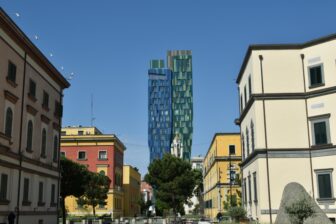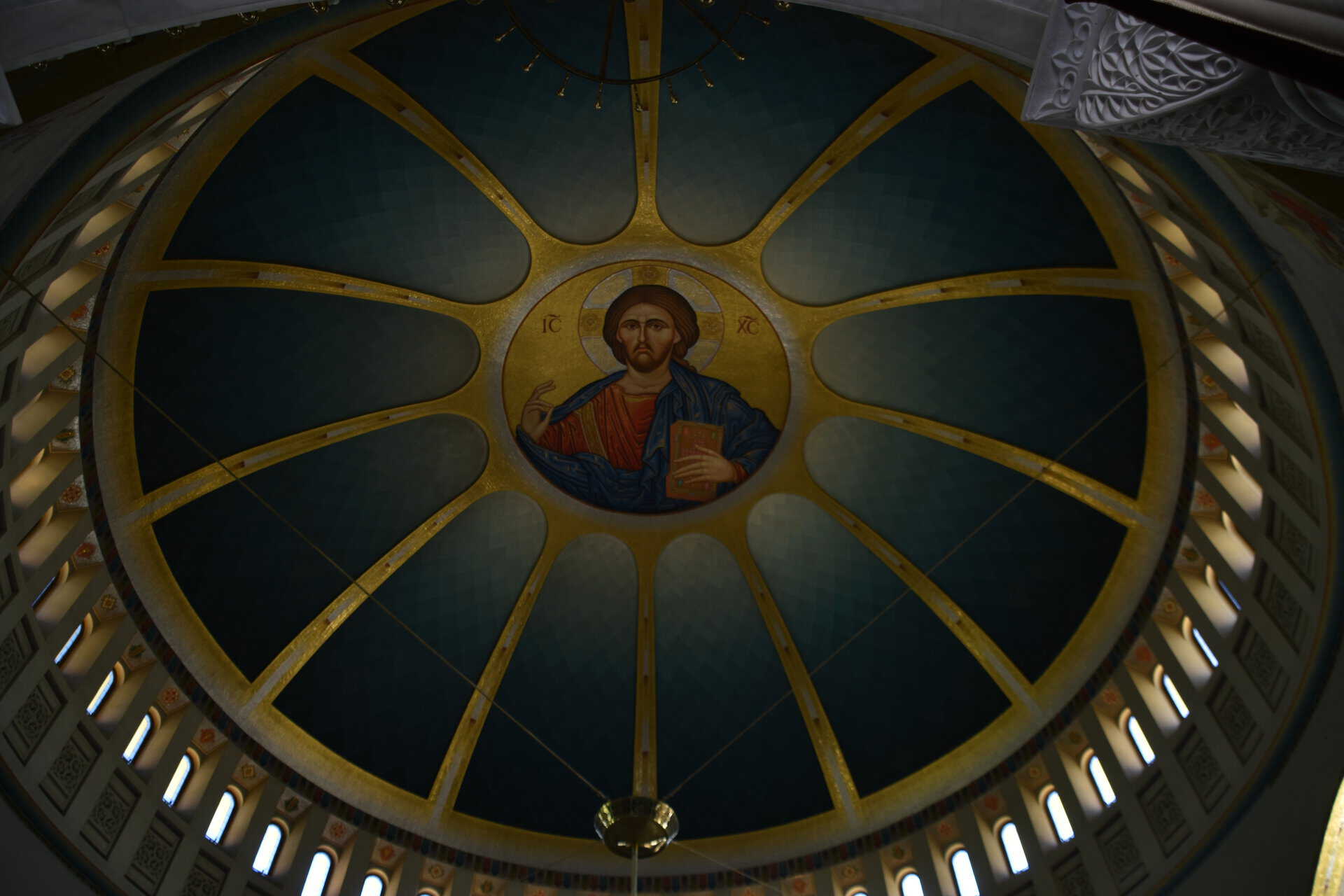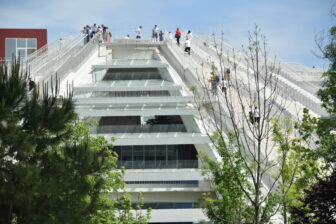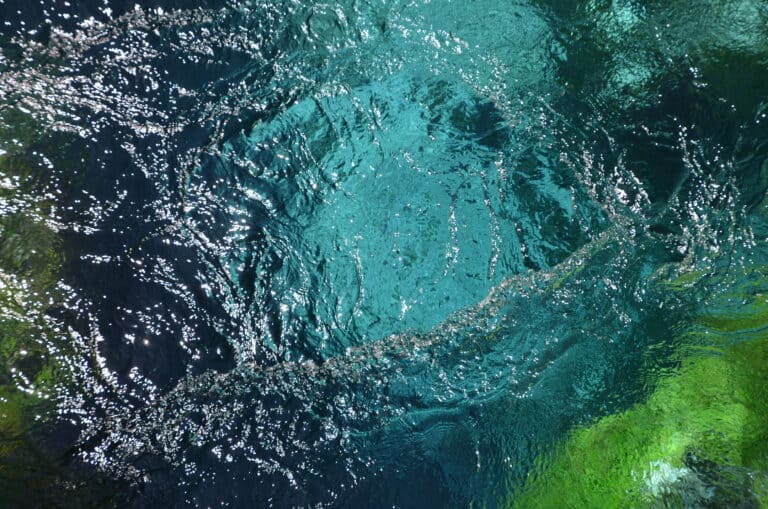
[April 2024] After leaving Gjirokaster, an old town in Albania, we went to a spring called the Blue Eye.
It was actually an optional tour, but since everyone said they wanted to join, we decided to stop here.
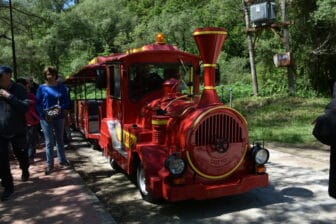
The Blue Eye is located about halfway to Saranda, the seaside town where we were staying that night.
We got off the tour bus and got into the red Trenino.
Of course, we could have walked, but since most of the people on our tour were elderly, this was the arrangement they made.
By the way, the Trenino was made in Italy.
This area used to be in the middle of a lush forest, but at one point, a plant disease broke out in the entire area, causing the trees to die, and this spring was discovered.
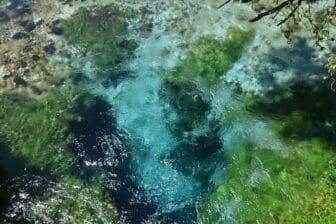
We learned that during the communist era, it was a resort only for government dignitaries.
Because of this, few people knew about it, and it was once a hidden gem in Albania, but now it is a major tourist destination.
There were a lot of people there, which was a bit disappointing.
But as rumoured, the spring was a beautiful chrysocolla colour.
It is said that the blue eyes of a slain dragon are reflected in the water.
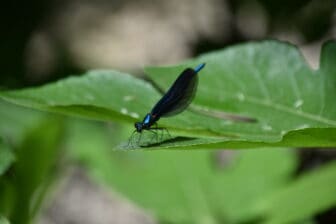
Divers tried to find out how deep it was, but they couldn’t reach the bottom even after 40 metres, so the depth is still unknown.
It is thought to be about 70 metres.
We saw beautiful blue dragonflies there, as if responding to the beautiful colour of the spring.
The Bistrica River flows from here, and it was also clear and beautiful.
It looks shallow, but it is apparently about 3 meters deep.
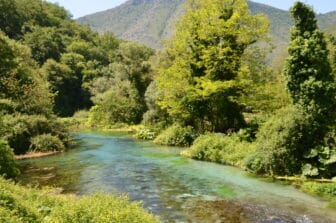
A friend of our archaeology guide once jumped in and was swept away about 200 meters in an instant, which means the current is very fast.
Then, we went along the river for a while and visited the Church of St. Nicola in Mesopotami.
This church has a history dating back to the 12th century, but it was poorly designed and has been repaired and reinforced many times, and the traces of this are visible.
The foundation stones were apparently taken from Roman ruins.
The exterior walls are characterized by carvings of lions, eagles, and other imaginary animals.
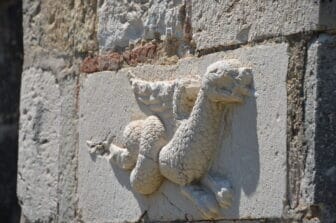
The inside was quite messy.
During the communist era, all religious facilities were abolished and many were destroyed, but some were used as meeting places and warehouses.
When the country’s system changed, churches were returned to Christian organizations, but they often did not have the funds to repair them and were left as they were.
This place is also no longer used as a church.
However, we were told that the cemetery next door is still in use.

